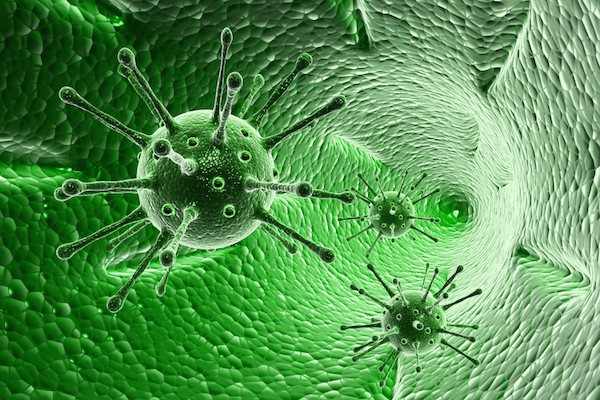
WEDNESDAY, Dec. 7 (HealthDay News) — Women with breast cancer who received radiation through strategically placed “seeds” had double the risk of a mastectomy later on, compared with women who got radiation for their entire breast, new research finds.
This type of targeted radiation, known as brachytherapy, also resulted in more side effects, including infection, according to the study.
“We were very surprised by the results,” said Dr. Benjamin Smith, senior author of the study, which is being presented Wednesday at the 2011 San Antonio Breast Cancer Symposium.
“Our data suggests that some of the trade-offs between brachytherapy and whole breast irradiation, at least on the average across the country, might be a little bit more complex than may have initially been appreciated,” added Smith, who is an assistant professor of radiation oncology at M.D. Anderson Cancer Center in Houston.
Already used successfully for some men with prostate cancer, brachytherapy is also gaining currency for older women with breast cancer.
This has occurred even though few studies have done head-to-head comparisons of brachytherapy and traditional whole breast irradiation, the researchers noted.
The study authors looked at Medicare records of more than 130,500 women older than 66 who were treated first with a lumpectomy then with either brachytherapy or whole breast irradiation.
As an indication of the targeted therapy’s rising popularity, the authors said that less than 1 percent of the women in the group underwent brachytherapy in 2000, compared to 13 percent in 2007.
At five years post-treatment, 4 percent of women who had received brachytherapy had had a mastectomy, compared to 2.2 percent in the whole breast group.
A mastectomy essentially indicated that the disease had progressed despite brachytherapy.
Women undergoing brachytherapy also were at a 71 percent increased risk of being hospitalized, and faced an 85 percent increased risk of infection, as well as higher risks of radiation-connected side effects such as breast pain and rib fracture.
Although brachytherapy is an invasive procedure involving a catheter while whole breast irradiation is not, it does have its advantages, namely convenience.
Brachytherapy is given twice a day for one week only, whereas traditional radiation therapy involves going to the doctor once a day for six weeks, explained Dr. Lucille Lee, attending physician in the department of radiation medicine at Long Island Jewish Medical Center in New Hyde Park, N.Y.
“The main reason to do brachytherapy is for patient convenience, as we know that people who tend to be treated in this fashion tend to be older and may not be able to come for therapy Monday through Friday. It’s an alternative to that,” she said. “If you look at it that way, there are pros and cons to the treatment. These are risks that a person might accept.”
Lee also noted that a 4 percent mastectomy rate is still relatively low.
Said Smith: “This is a helpful piece of information that I think physicians and patients can consider when picking treatment options. From more of a health-services perspective, it’s an interesting window into early results with a new treatment that was adopted before we had mature results from long-term, phase 3 randomized trials.”
The study authors acknowledged that their review had limitations, including the fact that it wasn’t a double-blind, placebo-controlled study, and the five-year follow-up period was relatively short.
Research presented at medical meetings should be considered preliminary because it hasn’t been subjected to the scrutiny required of studies published in peer-reviewed journals.
More information
The U.S. National Cancer Institute has more on radiation therapy for cancer.

